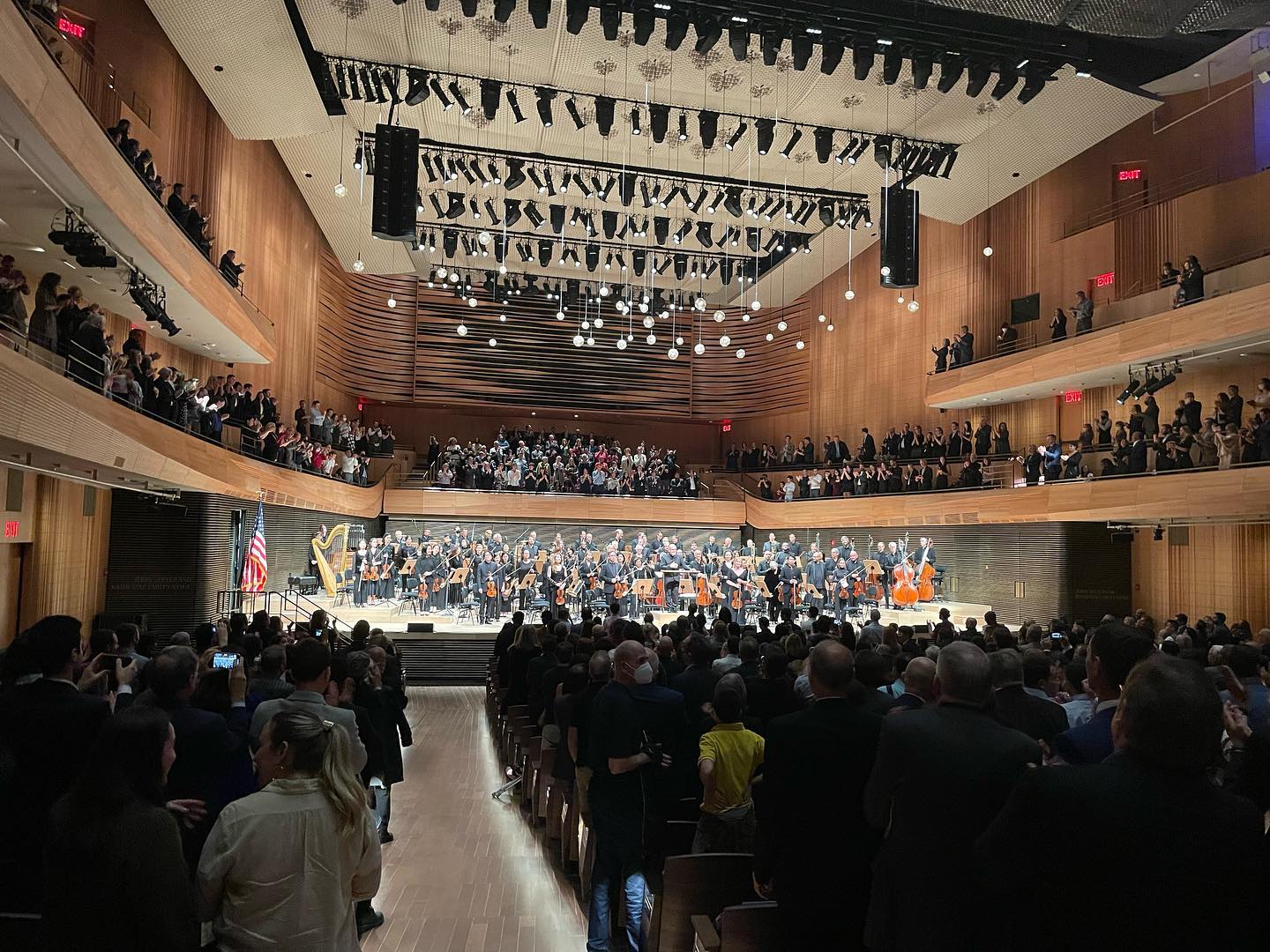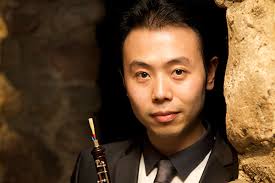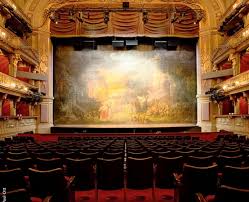The Budapest blood libel opera: exclusive first report
main
norman lebrecht
October 13, 2013
Slipped Disc brings you the first account and pictures of Ivan Fischer’s opera, premiered tonight in Budapest.
Budapest October 13, 2013
Sensational, powerful and emotional.
This will be the talk of the city for some time… Never have I been at an opera premiere where the tension/excitement in the public was so intensely felt. The subject is so close to home here that the truth stings: Jews wrongly accused of a crime, anti-semitism escalates, Jews are acquitted, but the damage has been done, Anti-semitic sentiment prevails and they are forced to flee.

The theatre Millenaris was completely packed. The audience was unusually seated on either side of the stage like in a stadium as witnesses to the action and many bean-bags were on stage for people to get a closer account and to feel in the plot. Before the first note norm an electric silence surged through the audience and was broken by a distant sound of an owl played on an ancient instrument called ‘luluk’.
The orchestra quickly interjected with a powerful tutti motif which was to become the leitmotif of the opera. The narrator, played by wonderful Hungarian actor Josef Gyabronka, gave the audience an introduction in a Bach-passion style recitative accompanied by the pipe-organ. A red cow was brought out on stage, pulled on a leash by the young village girl – Ezster (victim of the crime). This was received as many elements in the opera with humour. Eszter sang a traditional Hungarian folk song whilst walking the red cow in which she talks to it. the cow then steps on her foot and she falls to the ground; this cowprint on her foot later becomes the evidence that frees the Jews of the crime. A villager picks her up and sings ‘my little bird, I will heal you and take you to my cage’… Moric (the young Hassidic Jew) observes all this and slips away.

A folk dance scene follows with a lively chardash played by violin, double bass and folk viola. A crowd of young Hungarians in traditional country costumes come out and perform a very lively set of dances. Moric walks around in his traditional Hassidic clothing with long black coat and peyos observing this fun pub-style dance scene and becomes entranced by the expression and power with which they rejoice. The musicians here were truly infectious playing these Hungarian folk dances with a sharp sense of style and zest- one the benefits of staging this in Budapest. There was rapturous applause, as well done dance scenes in opera lighten and uplift audiences.
A rough-voiced (put mildly) middle-aged Hungarian sings a blues-styled song with piano, double bass and kit accompaniment, persuasively encouraging Moric (young Hassidic boy) to testify against the Jews by telling a lie in his testimony.
The trial scene.
The judge sits up on a chair. The Hungarian crowd are now dressed as soccer hooligans armed with vuvuzelas. A freshly composed rap-style recitative is performed by Moric cheered on by the ‘mob’. This is extremely effective in highlighting pop culture and its sensationalism, much of the audience were tapping their feet and head beating to the rap beat.
Moric’s father – Apa and three other convicted Jews are in chains, they stand with disbelief listening to the false story and accusations as the tension builds. Apa and Moric have an argument in between, yet Moric stands his ground with the support of the crowd. The strength of orchestra in their fanatically paced scalic runs adds huge pressure and danger to this situation.
Then An Interruption by the superbly played guard with gun as he announces the arrival of a legendary Hungarian revolutionary – Kossuth Lajos.
The speech of Kossuth follows, in a powerful bass aria accompanied by celli and basses. He expresses his pride being a Hungarian, yet is disgusted with the anti-semitic furore that has come over the town.
The Jews are released from the shackles and a very intuitively composed ‘Nigun’ follows. The four Jews including Apa begin to sing and dance to the ‘nigun’, gradually growing more and more intense. This was most touching in its authenticity of emotion of both sadness and resolution. the dancing and singing had a weight of pain in it, heavily contrasting the first opening dance scene.
Finally Apa takes Moric with him on the train (played by the kit), and the quiet culmination occurs with four solo violins playing a most delicate and tragic choral. The Orchestra enters with a final statement whilst the Red Cow is brought out again. In a small interlude the cow begins to sing prayers in Hebrew (a cantor is performs this from inside the cow). Apa and son are centre-stage spot lit as if on the train, the kit keeps the train running the whole last scene which is cleverly titled ‘purification’. A huge orchestral culmination builds and one lone dissonance is left hanging until resolved in the last major chord. A sense of relief. Narrator signals lights off. The story has been told.
A short silence followed and then slowly one by one came the applause. emotions settle and audience responds fervently in the Hungarian-stlye unison clap. A most overwhelming experience.
Second premiere for youth will follow at midnight.
Vladimir Fanshil
photos (c) Eszter Gordon
 The theatre Millenaris was completely packed. The audience was unusually seated on either side of the stage like in a stadium as witnesses to the action and many bean-bags were on stage for people to get a closer account and to feel in the plot. Before the first note norm an electric silence surged through the audience and was broken by a distant sound of an owl played on an ancient instrument called ‘luluk’.
The theatre Millenaris was completely packed. The audience was unusually seated on either side of the stage like in a stadium as witnesses to the action and many bean-bags were on stage for people to get a closer account and to feel in the plot. Before the first note norm an electric silence surged through the audience and was broken by a distant sound of an owl played on an ancient instrument called ‘luluk’.





Sounds wonderful.
Bravo Fischer! Thank you, Norman, for the first-hand reporting of this milestone event.
Norman, who attended, and what did they say?